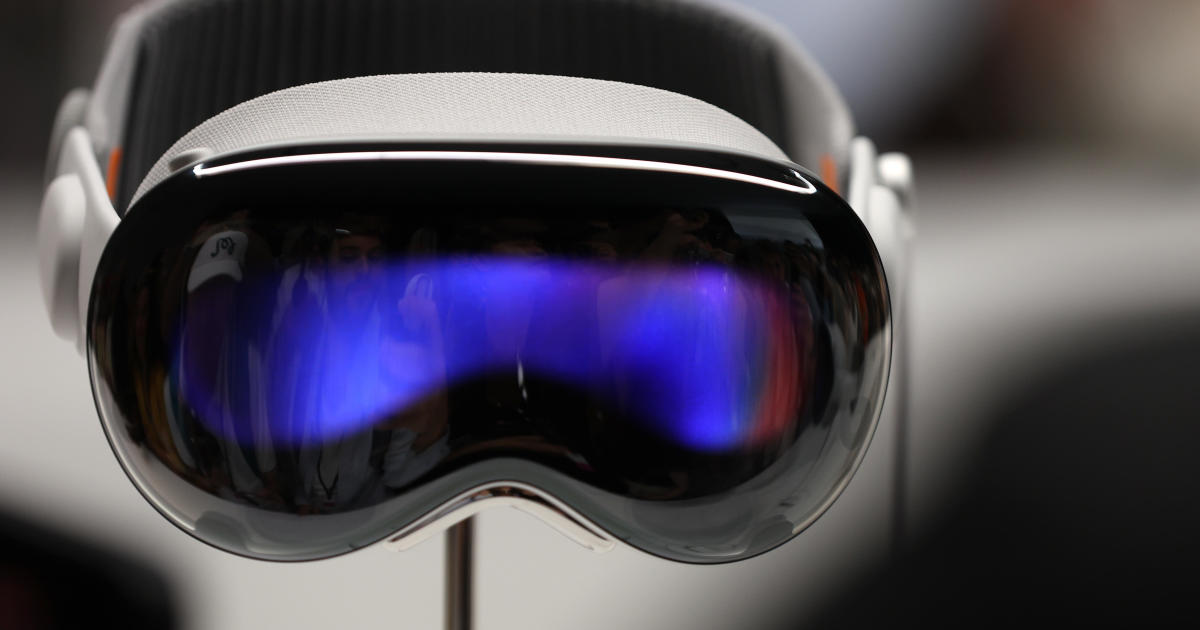
Tom Fox/ Dallas Morning News/MCT
On March 31, the Department of Transportation (DOT) and the National Highway Traffic Safety Administration (NHTSA) announced that cars manufactured in 2018 in the United States must contain backup cameras. For the past decade, safety advocates have pressured the NHTSA to issue regulations for vehicle backup cameras, especially with the delayed implementation of the Cameron Gulbransen Kids Transportation Safety Act of 2007.
The Kids Transportation Safety Act first mandated that the DOT issue regulations for vehicular backup cameras. According to the Los Angeles Times, safety advocates petitioned the government to issue safety measures for vehicles after a father tragically killed his 2-year-old son while backing his car. According to the NHTSA, backing crashes have caused 210 fatalities and 15,000 injuries per year. The victims of backup accidents are mainly children and seniors. In a study conducted by the Insurance Institute for Highway Safety, vehicles with backup cameras have reduced a driver’s blind zones by 90%. The proposed law, intended to target backup accidents, is expected to be effective in May 2018.
Congress ordered the rule to be issued in 2010. However, according to Automotive News, the Safety Act’s implementation was delayed multiple times because automakers and White House officials were concerned about the financial costs of mandating backup cameras. In response to safety advocates’ recent efforts to counter the delay, a consumer advocacy group filed a lawsuit. A federal appeals court had scheduled to review the lawsuit on April 1. However, the DOT has passed backup camera regulations before the scheduled lawsuit to avoid judicial enforcement of the Safety Act.
According to DOT regulations, any vehicle that weighs less than 10,000 pounds, including certain pickup trucks and vans, will be required to contain backup cameras. In addition, NHTSA mandates that drivers maintain a 10-foot by 20-foot field of view behind the vehicle. The NHTSA estimates that rear visibility cameras will cost approximately $43 to $142 per vehicle and expects that these costs will be offset by an annual decline of approximately $265 to $396 million in property damage resulting from backup accidents. Car companies, including Honda and Acura, will include rear cameras next year as standard features rather than accessories. However, according to Car Insurance Comparison, several car insurance companies are hesitant to offer substantial incentives to drivers to buy backup cameras, and drivers may pay for most of the backup camera costs.
Backup cameras can assist learning teenage drivers safely maneuver through public parking spaces and oncoming traffic flow. Arion Muquolli (Jr.) said, “Having more backup cameras at University High School will definitely make me feel safer at the parking lot. At first, I thought that backup cameras were simply more fees for my car, but when I found out that thousands of people are injured every year from backup accidents, I realized the importance of having backup cameras. Now, I am interested in having one in my car, but my car is old. “
The Safety Act does not apply to cars manufactured in the U.S. before 2018. While owners of older car models will not need to pay the additional costs of backup cameras, they may have difficulty installing backup cameras in cars whose designs do not easily accommodate the newer technology. Rasa Borhan (Jr.) said, “I would get a backup camera, but I don’t know where to put it. It would be more convenient if car manufacturers installed backup cameras in every car and included them in the price of the car.”
Written by ANDREW HONG
Staff Writer



Sword & Shield
Menu
Back up cameras to be required for all cars manufactured in 2018
April 21, 2014
Story continues below advertisement
Leave a Comment
Donate to Sword & Shield
$55
$1000
Contributed
Our Goal
Your donation will support the student journalists of University High School. Your contribution will allow us to purchase equipment and cover our annual website hosting costs.
The Official News Publication of University High School in Irvine, California







